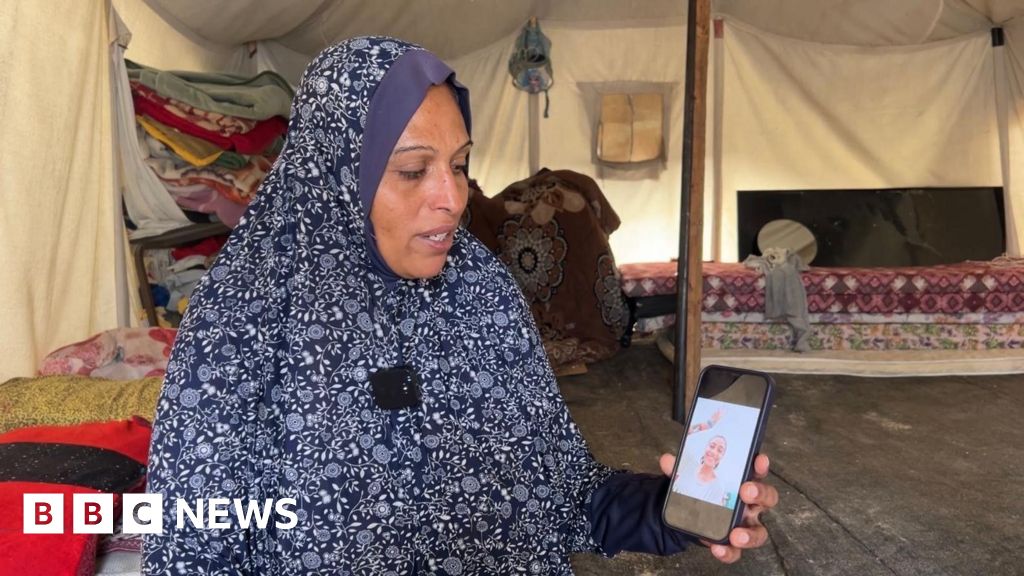Harnessing the Digital Age to Empower Women & Girls — Global Issues
BANGKOK, Thailand, Mar 01 (IPS) – The writer is Under-Secretary-General of the UN and Executive Secretary of the Economic and Social Commission for Asia and the Pacific (ESCAP)
The following opinion piece is part of series to mark International Women’s Day, March 8. New technologies and innovations are reshaping our world and its future, often at a dizzying pace. Yet women and girls continue to be left behind in this burgeoning digital universe. How, then, can we harness these developments to create a better future for all of us?
This year’s International Women’s Day theme, “DigitALL: Innovation and technology for gender equality,” seeks to answer exactly that question.
We know that women and girls are less likely than men and boys to use the internet or own a smartphone. In fact, only 54 per cent of women in Asia and the Pacific have digital access, cut off from opportunities to move any digital needles forward.
The root causes are many and varied: deep-rooted discriminatory social norms, increased gender-based violence (including online violence), and the unequal distribution of unpaid care and domestic work. Addressing these impediments to women realizing their full potential requires our joint and immediate attention and response.
One child, one teacher, one pen
When and where women and girls are discouraged from studying and working in science, technology, engineering or math (STEM) fields, we let them down. And we have left a whole generation of women and girls behind. We need the talents and voices of women and girls brought to the boardrooms and coding rooms.
Today many innovations in AI, medicine, entertainment, transportation, work and other fields treat men as the standard and ignore women’s physical and social differences – to the detriment of half of the world’s population.
Getting more women into careers in technology starts with breaking down the gender stereotypes that prevent girls from studying STEM subjects. Comprehensive changes to the way STEM subjects are taught and targeted programs to support girls’ learning are needed.
In Viet Nam, the Ministry of Education and Training has updated the country’s National Early Childhood Education curriculum on “de-stereotyping” women and girls and has included gender-sensitive budgeting into the Education Sector Plan. Through changes such as these, governments can foster girls’ enthusiasm for technology, expanding the future digital workforce.
Harnessing technology to support women entrepreneurs
Women entrepreneurs play a key role in developing economies. Supporting them to start and grow businesses through technology will lead to more sustainable and inclusive economic growth. Women have historically struggled to access capital because they are less aware of funding options.
They are less likely to own land or have large savings to offer as collateral and have not been included in traditional financial networks. Technological innovations provide an opportunity to connect women entrepreneurs across the region with new financing models that cater to their particular needs.
The United Nations Economic and Social Commission for Asia and the Pacific (ESCAP) Catalyzing Women’s Entrepreneurship project has unlocked almost USD 65 million in capital to support women entrepreneurs in several countries.
Through identifying and backing a number of experimental technology-driven business models, the project has supported women-led micro, small and medium enterprises through a range of technology solutions such as payment platforms, online marketplaces, bookkeeping and inventory management.
Enabling women to become drivers of inclusive innovation
If we pair the untapped potential of women and girls to contribute to our common future together with the potential of the innovations of digitalization, science and technologies, we may well have cracked the code to rectifying many of the inequalities and injustices created by generations past.
Women have the know-how to harness technology and innovation. Given equal opportunities, they will flourish and contribute to creative solutions to tackle the world’s multi-faceted challenges.
Women leaders in Asia and the Pacific are already using technology to address inequalities and gender-based violence. Founded by Virginia Tan, Rhea See, and Leanne Robers, She Loves Tech, headquartered in Singapore, runs the world’s largest start-up competition for women and technology and aims to unlock over USD 1 billion in capital by 2030 for women-led businesses.
Safecity is a crowd-mapping platform for people to share experiences of sexual harassment in public spaces and allows communities to identify problems and work towards solutions. The platform was launched by three women, including current leader Elsa Marie D’Silva, in response to incidents of gender-based violence in the region.
“We can all do our part to unleash our world’s enormous untapped talent – starting with filling classrooms, laboratories, and boardrooms with women scientists,” said United Nations Secretary General Antonio Guterres recently. Indeed, we need women in leadership roles in all science and technology spaces to accelerate inclusive innovation.
Let’s work together towards our dream of achieving gender equality and empowering all women and girls. What better way to do so than to use innovations and new technologies to overcome inequalities in the digital age?
IPS UN Bureau
Follow @IPSNewsUNBureau
Follow IPS News UN Bureau on Instagram
© Inter Press Service (2023) — All Rights ReservedOriginal source: Inter Press Service
Check out our Latest News and Follow us at Facebook
Original Source







